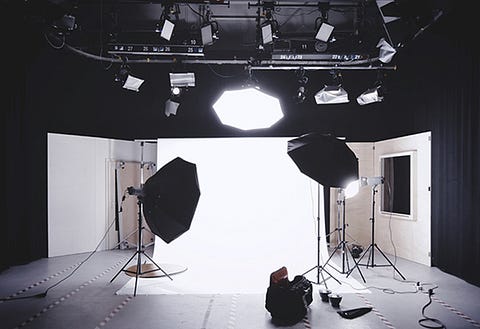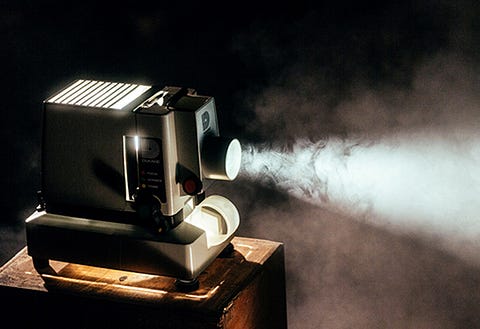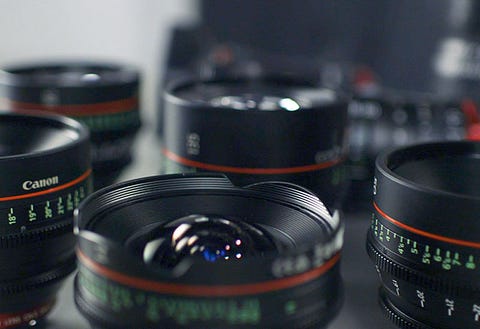
Camera is to a moviemaker what paintbrush is to an artist! A camera is a technological triumph that serves as an artistic tool for a moviemaker and the right one can add value not only to the aesthetics of the film but also to the quality of its story. Over the period of years, with the evolution of technology and camera, the way movies are made has evolved too. Today, movies are much more visually appealing than they were back in the late nineteenth century when it all began. Let’s learn about the evolution of this filmmaking technology that captures and drives the visual narrative of a film.
The invention of motion picturesThe invention of Thomas Edison’s Kinetograph led to the birth of film production and marked the beginning of an era of motion pictures in the late nineteenth century. The Kinetograph was powered by an electric motor and captured 48 frames per second using the first-ever practical system for high-speed film movement of engaging the strip with the sprocket. This laid the foundation for the next century of cinematography.
However, the Kinetograph witnessed a quick evolution when the Lumière brothers came up with a much smaller, lighter, and more sophisticated version in 1894 and named it Cinématographe. It captured 16 frames per second, much faster compared to Edison’s Kinetograph, and was capable not only of recording and developing but also projecting motion pictures. In March 1985, the first motion picture ever called ‘La Sortie des ouvriers de l’usine Lumière’ was showcased in Paris.
By the mid-1980s, firms that would manufacture movie cameras had started emerging. In 1909, the first successful hand-held operated film camera, the Aero scope, was out. It let the camera operator operate with both hands — holding the camera while simultaneously controlling the focus. The simplicity and reliability of this air compressed camera brought aerial photography in picture and gained popularity in the military during World War I.
The first-ever all-metal cine camera
Up until 1911, all cameras were built using wood and leather, which made durability a concern. That’s when Bell & Howell introduced the first all-metal movie camera, 2709 standard 35-mm. These cameras were used to shoot countless shorts, newsreels and feature films, including the silent classics ‘Ben-Hur: A Tale of the Christ’ and Charlie Chaplin’s ‘The Gold Rush’. They gained reputation as ‘the most precision film mechanism ever made’ and went on to make a long and illustrious history as they were further modified for better visual effects and animations. Photographic colour as well as sound entered the world of cinema in the mid-1900s.
The Consumer Camera
In 1923, Eastman Kodak introduced a less expensive alternative of the 35mm film — the 16mm film. Although originally made for amateur moviemakers, due to its cost and portability factor, 16mm film had started to gain popularity in other markets from films for the government, businesses, and industrial clients to television production in the mid-1930s.The amateur market was made even more accessible with the introduction of the 8mm film. Steven Spielberg’s ‘Escape to Nowhere’ in 1961 and Ridley Scott’s ‘Boy and Bicycle’ in 1965 were shot using 8mm and 16mm, respectively.
The Digital Era
The continued evolution of film technology led to the release of the digital format that saves data on hard drives and flash memory in the 1980s, which is now an industry standard. The digital era was welcomed with the first all-digital productions like ‘Once Upon a Time in Mexico’ and ‘Star Wars Episode 2: Attack of the Clones'. In the following years, these cameras were further refined into consumer market versions with 8mm cassettes which made them affordable for home enthusiasts.
Reference Links:
www.nfi.edu/foley-artist
www.sound-ideas.com/Page/what-is-foley
www.studiobinder.com/blog/what-is-a-foley-artist
www.nfi.edu/foley-artist
www.sound-ideas.com/Page/what-is-foley
www.studiobinder.com/blog/what-is-a-foley-artist

